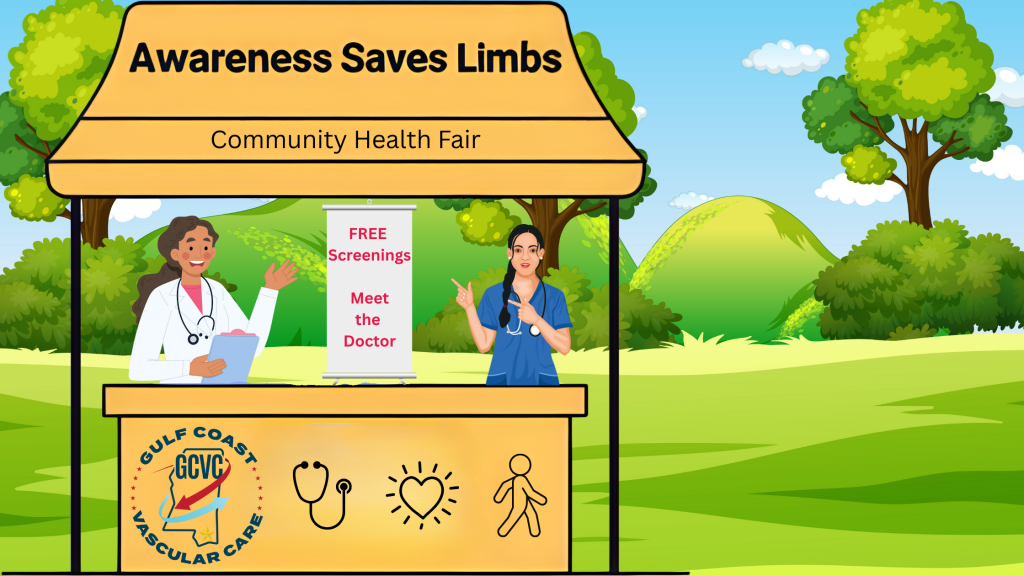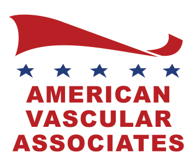If Patients Don’t Know About PAD, How Can They Walk Through Your Door?

Pain Point: Awareness Gaps in Vascular Health
You may have the skill, staff, and technology to treat Peripheral Artery Disease (PAD), but what if patients don’t even realize they need your help? That’s the reality many vascular physicians face. PAD is often called a “silent disease” because symptoms—like leg pain or slow-healing wounds—are either dismissed as aging or overlooked entirely. By the time patients finally seek help, it may be too late to save a limb.
The question isn’t just “Can you treat PAD?”—it’s “Do patients know you can treat PAD?”
Why Awareness Matters
Early detection is the key to preventing amputations and improving quality of life. Unfortunately, national statistics show:
- Millions of people with PAD are undiagnosed.
- Many only discover it after serious complications arise.
- Minority communities and underserved populations are disproportionately affected.
When patients don’t know the signs and symptoms—or that minimally invasive treatments are available in outpatient settings—they miss their chance to get ahead of the disease.
That’s why community education and outreach are not optional add-ons; they’re critical to fulfilling the mission of saving limbs and lives.
What Effective Outreach Looks Like
Successful outreach goes beyond a brochure in the waiting room. It means meeting people where they are—physically and digitally—and making the conversation approachable. Examples include:
- Free community screenings: Ankle-brachial index (ABI) testing offered at health fairs, senior centers, or local events.
- Educational seminars: Simple, jargon-free presentations about vascular health and risk factors.
- Patient testimonials: Sharing real stories from patients who overcame PAD can inspire others to get screened.
- Digital campaigns: Social media posts, blogs, and targeted ads designed to catch the attention of those at risk.
- Physician engagement: Building referral networks with primary care, podiatry, and wound care providers who see early signs first.
Outreach is about creating a culture of awareness that encourages action before it’s too late.
How AVA Supports Community Impact
At American Vascular Associates (AVA), we help practices translate their clinical expertise into powerful outreach. Our role is to make sure awareness efforts are strategic, consistent, and effective. Support includes:
- Campaign toolkits: Ready-to-use graphics, social media posts, and patient education materials.
- Event planning resources: Everything from banners and flyers to scheduling and promotion.
- Referral development programs: Structured ride-alongs, field visits, and outreach scripts that strengthen relationships with community physicians.
- Media support: Press releases, radio ads, and local partnerships that position the practice as the go-to vascular expert in the region.
The result? Practice can focus on patient care, while AVA ensures their message reaches the right audiences.
The Patient Impact
Imagine this: a patient with diabetes and slow-healing foot ulcers hears a radio spot about free PAD screenings at your center. Curious but cautious, they attend. The ABI test shows severe arterial blockage, and within days, treatment is scheduled. That intervention doesn’t just restore blood flow—it saves their mobility, independence, and quality of life.
Without outreach, that patient might never have stepped into your center until it was too late. With outreach, you change the course of their future.
Looking Ahead
PAD Awareness Month is the perfect reminder that education saves lives. But outreach shouldn’t be limited to September—it needs to be built into the DNA of a vascular practice. With AVA’s support, practices can ensure their message gets out year-round, reaching patients before the disease reaches its most dangerous stage.
Call-to-Action
👉 In our next blog, we’ll shift the spotlight to Marketing & Brand Growth—because in today’s digital-first world, even the best outreach efforts need to be backed by a strong online presence so patients can find you when they need you most.



